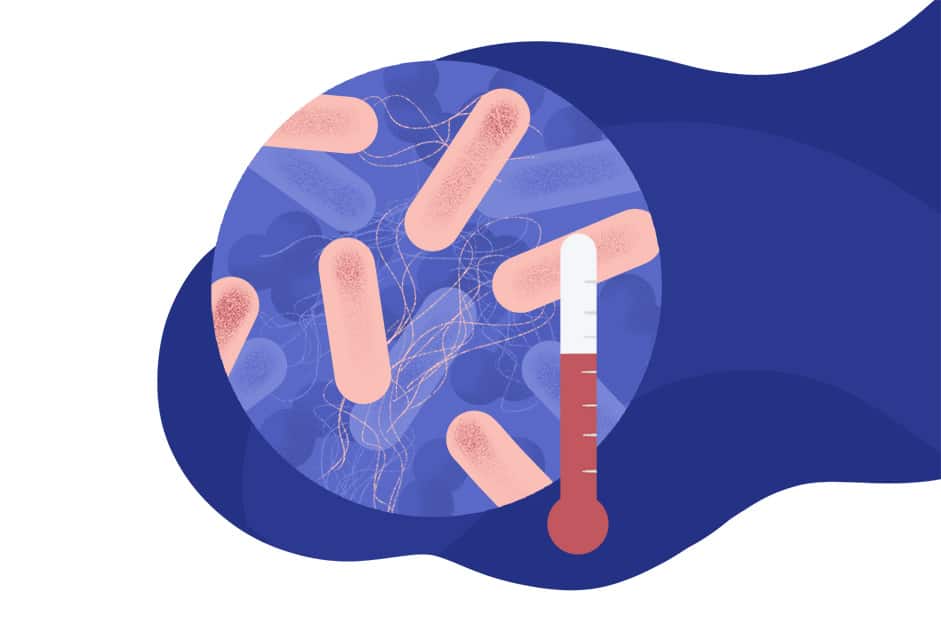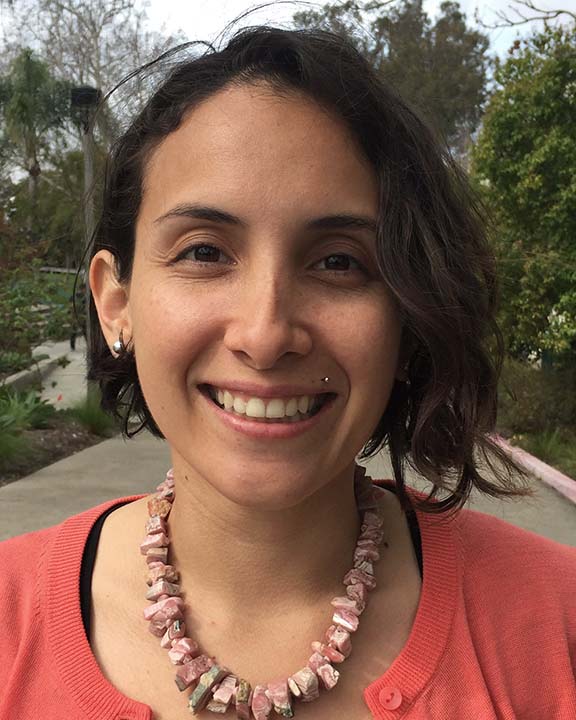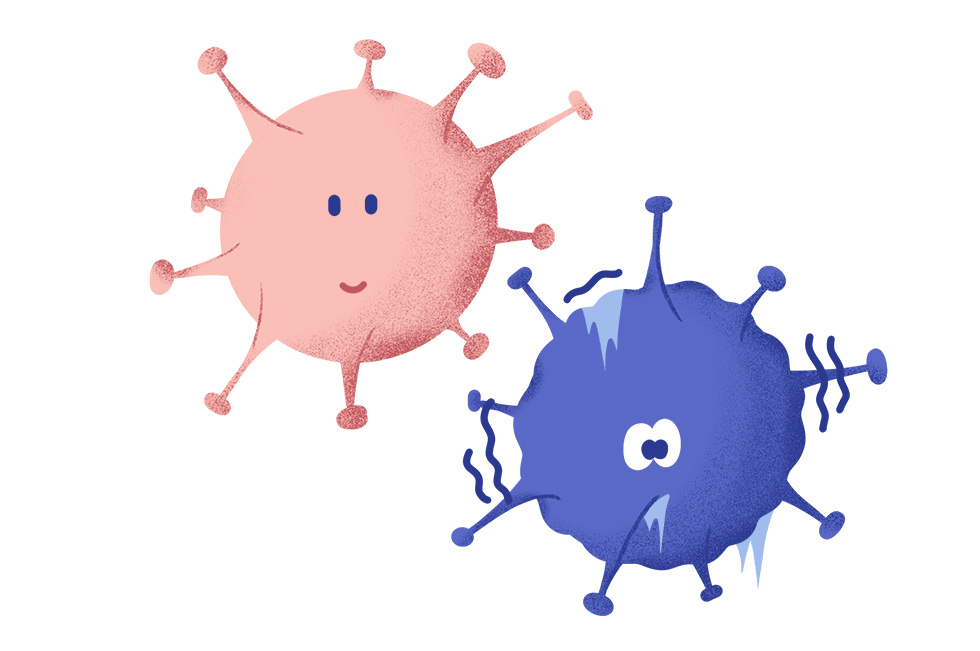Documenting colony growth at the correct harvest time and temperature, analyzing growth curves, and optimizing protocols for equipment and material use.


Maria-Isabel is a 5th year Molecular Biology PhD student at San Diego State University and University of California San Diego. Her research focuses on understanding how viruses that infect bacteria, phages for short, persist in or escape from their bacterial host. Her work combines tools of molecular microbiology, genomics, biochemistry, and microbial ecology. Twice a year, she organizes the student innovation workshop for the Viral Information Institute.
Maria-Isabel is one of our ambassadors. You can learn more about our exclusive co-creator ambassador program, Twenty Nine, here.
Scientists often set reminders to harvest and analyze their overnight cultures but forget to warm up the absorbance reader. Absorbance measured at the wrong temperature or later than the optimal harvest time yields incorrect readings that disrupt reproducibility and transparency.
LabTwin can set multiple reminders for different steps in the same experiment and help scientists remember each essential step, no matter how small.

We are waiting to support your next-generation lab informatics. The Lab of the Future is here.

© 2019-2021 All Rights Reserved. LabTwin® is a registered trademark of LabTwin GmbH.